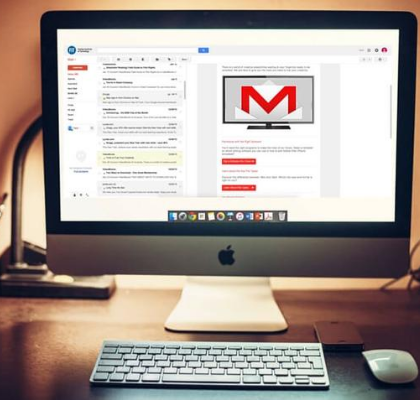Web Development
Every time you browse the web, whatever application or site you go to, there is a web developer behind it who designed its architecture. In the digital era, any idea must be transformed into website or web application. To offer you quality applications or websites at the top of technology, Stillforce ensures the creation of web platforms, through the best open source platforms such as Django, Laravel, CodeIgniter, React JS, Angular JS, Joomla, WordPress, Drupal, and symfony. Whatever your project idea, whether it’s an education, commerce, transport, project management, catering, online game, forum, webmail or blog project, a web application or a website should help you materialize your project. A web application is “a program that runs on a PC with a web server while users interact with it from a web browser”, regardless of whether the browser is on a PC, tablet or smartphone. You use web applications constantly. Email services like Gmail and Yahoo or cloud-based document management products like Google Docs, for example. But also Facebook games running from the browser like Candy Crush or FarmVille. The quality of everything else will depend on the quality of this step. Our advice: get professional help. It is better to take a day of advice now than to lose 10 times more in the graphic part or on the returns of validation. here we determine the mechanism that will give a ergonomic site here the objective is to draw the interfaces and define how we go from one page to another. Here we go from wireframes to models made by a graphic designer on Photoshop or Illustrator Here we go from wireframes to models made by a graphic designer on Photoshop or Illustrator This is about writing the source codes of your application or website. Here we run your site in all intended browsers and test functions, displays, and then fix any discrepancies. It’s finally the day when you receive your new working tool, you’ll have to triturate in all directions in order to be on that it corresponds to the initial brief. We recommend not to choose your host lightly because there is everything. Choose a host with good quality solutions, especially for protection against external attacks. There are no secrets to success. It is the result of preparation, hard work, and learning from failure.What is a By Fact web application?



Stages of web development at STILLFORCE


